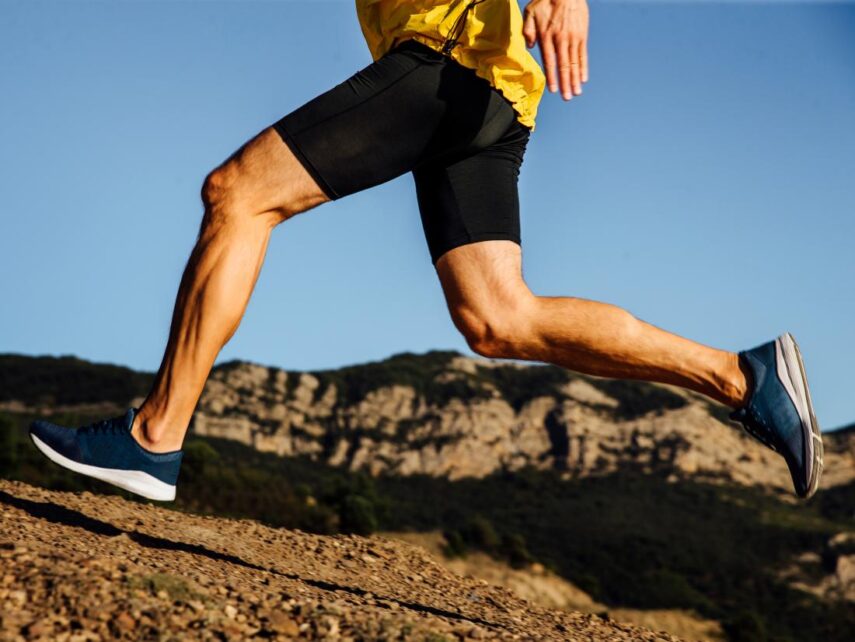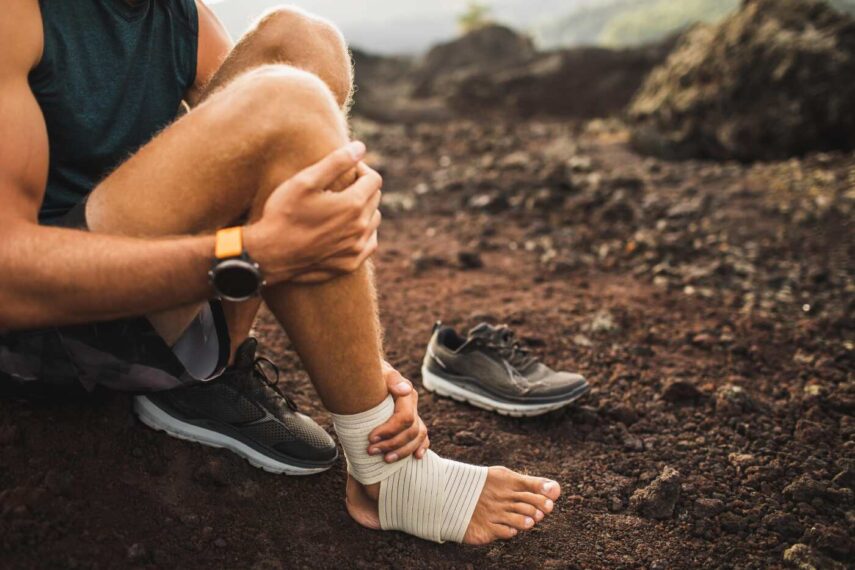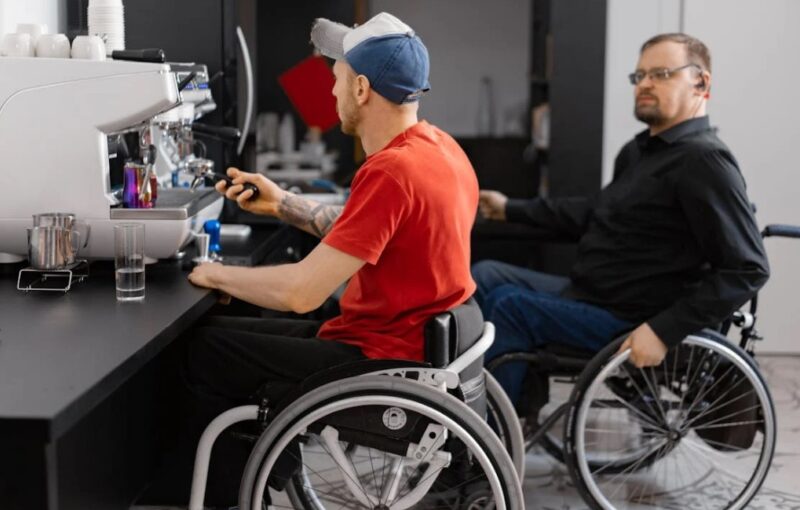Ligament strains can serve as an annoying roadblock in your journey to optimal health. They can interfere with your mobility, put a damper on your exercise routine, and often come with their fair share of discomfort or pain. However, the good news is that knowledge is power. With the right information and the appropriate strategies, you can both treat existing ligament strains and prevent future ones. So, let’s get into the nitty-gritty of it all—from understanding what ligaments are and why they get strained, to preventive measures and treatment options, including the role of back and hip braces in your recovery journey.
What Are Ligaments?

Before diving into the solutions, let’s get a grip on what ligaments actually are. These fibrous, elastic tissues serve as the connectors between your bones, allowing your joints to move in specific directions without going awry. Think of them as the cables on a suspension bridge: vital for structure, alignment, and movement. They’re the infrastructure of your body’s biomechanical system. Now, when we talk about ligament strains, it’s crucial to understand that not all strains are created equal. They range from mild strains, where the ligament is stretched but not torn, to moderate and severe strains, involving partial and complete tears, respectively. The treatment and recovery period can differ widely depending on the type of ligament strain you’re dealing with, so it’s essential to get a proper diagnosis.
Why Ligament Strains Happen
If you’re going to beat the enemy, you have to know them well. Ligament strains can occur due to various reasons, but for simplicity, we can broadly categorize them into two types: sports-related causes and lifestyle-related causes. Now, when you’re actively engaged in sports or high-intensity workouts, your body is often subjected to quick and unpredictable movements. A sudden stop, a quick change in direction, or a wrong landing can overextend your ligaments, leading to strains. It’s not uncommon to hear of soccer players tearing their ACLs or basketball players encountering ankle sprains for this very reason. On the other end of the spectrum are lifestyle-related strains. If your job has you sitting in a chair for hours on end or you frequently lift heavy objects, you’re exposing your ligaments to different kinds of stressors, which can gradually wear them down over time.
Signs and Symptoms of Ligament Strain
Identifying a ligament strain early on can greatly impact your speed of recovery. Often, physical symptoms like localized pain, swelling, and bruising are the body’s immediate reactions to a ligament strain. The pain usually intensifies with movement, making it hard to ignore. You may even experience a ‘popping’ sensation at the moment of injury, a sign that you should seek medical attention immediately. But there are subtler behavioral symptoms too. For instance, if you find yourself naturally favoring one leg over another or avoiding particular types of movement because it triggers discomfort, these are signs that you might have a ligament issue that needs addressing.
Prevention Tactics

The old adage, “An ounce of prevention is worth a pound of cure,” holds true, especially when dealing with ligament strains. One of the most effective ways to minimize your risk is to adopt a balanced training program that includes both flexibility and strength training exercises. While flexibility exercises like yoga and stretching can improve the elasticity of your ligaments, strength training is equally vital. It fortifies the muscles that act as secondary support to your ligaments, thereby reducing undue stress on them. Now, let’s talk gear. Using the right protective equipment, like high-ankle shoes, wristbands, knee braces, back braces, and hip braces, can go a long way in reducing your risk of ligament strains. Back and hip braces, in particular, are excellent for those who have a history of lower back or hip issues, as they provide the extra support and alignment your body needs to function correctly.
Treatment Options
So you’ve taken all the precautionary measures you could think of, and you still ended up with a ligament strain. What next? For starters, the R.I.C.E. principle—Rest, Ice, Compression, and Elevation—is your go-to initial treatment. For those who have sustained back or hip strains, wearing a back or hip brace can significantly aid in the recovery process by providing the necessary support and keeping the affected area aligned. Over-the-counter medications like ibuprofen can offer temporary relief from pain and inflammation. However, for more severe cases that involve significant ligament damage, medical intervention might be necessary. This could range from corticosteroid injections for immediate relief to surgical procedures for complete tears.
Pro Tips for Recovery

When it comes to recovery, patience is key. Rushing back to your regular routine can lead to re-injury and even chronic issues. A slow, gradual return to activity is what experts recommend. During this period, continuing to wear your back or hip brace can offer additional support and speed up the healing process. It is also advisable to consult with a healthcare provider for a personalized recovery plan tailored to your specific needs and condition.
In summary, dealing with ligament strains is an unfortunate but often inevitable part of leading an active life. Yet, these annoyances don’t have to keep you off your feet for too long. By harnessing the right knowledge, adopting preventive measures, and utilizing effective treatment options, you can bounce back stronger and wiser. And speaking of effective treatment options, back and hip braces have shown immense potential in supporting your recovery journey. If you’re on the lookout for high-quality back braces and hip braces to complement your healing or preventive strategies, visit https://www.blitzugear.com/.
Their products are designed with optimal support and comfort in mind, giving your ligaments the best chance for a swift and efficient recovery. So here’s to a future where you’re not just surviving but thriving, free from the constraints of unnecessary pain, and fully engaged in all the activities that bring you joy and fulfillment!







